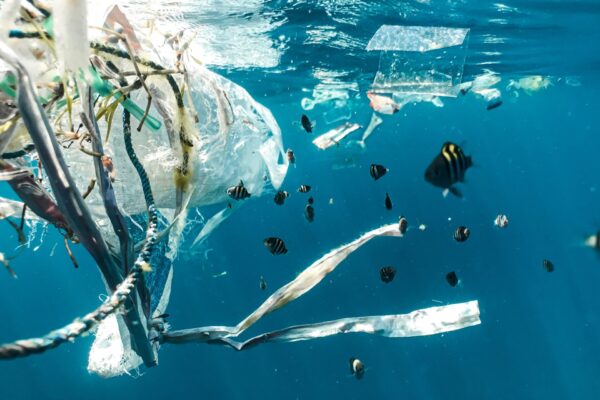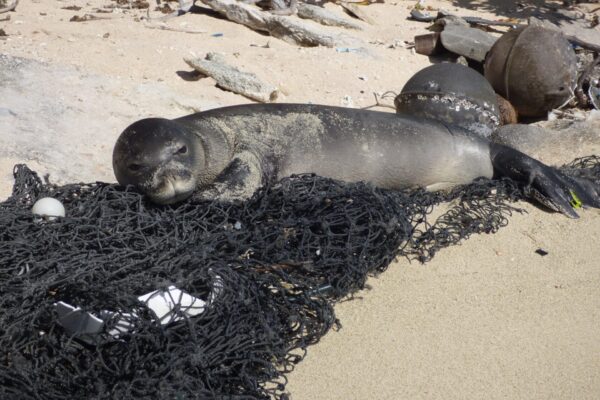The Four R's
Reduce, Reuse, Recycle & Recover
Reduce
The word reduce refers to using less waste material and generating less waste in the process. Reducing waste conserves resources, reduces pollution, and minimizes toxic materials in the environment and in waste storage.
Reuse
The reuse of materials for their original use or for a different function helps reduce waste and pollution to the environment. It entails not disposing of a material after a single use. This strategy prolongs the life of an item and cuts back on waste in production and pollution to the environment.
Recycle
The recycling of materials reduces the waste found in landfills and incinerators. Recycling prevents the pollution of air, water, and soil during the manufacturing process. It also conserves natural resources such as petroleum, timber, water, and other minerals.
For recycling to be successful and self-sustaining the factors of science, technology, economics, and politics must be coordinated and plastics must be collected, sorted, and converted into new products. A perfect recycling system would optimize efficiency, conserve energy and materials, and minimize cost and environmental damage.
The recycling process creates different types of consumer content known as recycled-content products, post-consumer content, and pre-consumer content. Recycled-content products are made with materials that otherwise would have been in the waste stream. Post-consumer content is material that previously was used individually that otherwise would have been wasted. Pre-consumer content is waste left over from the manufacturing process itself (i.e. scraps and clippings). All of this content can be used to make new products.
Recover
Recovery harnesses the energy from the materials that cannot be recycled. This waste-to-energy recovery aids in the production of electricity, heat, or fuel from non-recyclable waste materials. Though recycling is preferable, it cannot always be done. The incineration of non-recyclable materials does produce some greenhouse gas. Most bacteria and/or fungi lack the enzymes necessary to break down synthetic polymers. The incineration of these materials aids the environment with a low carbon footprint and an uptake in recycled energy.
GOAL
Reduce the amount of material used, reuse materials, recycle materials, and recover either the materials or the energy content from materials.
Sustainability
Biodegradability
The ability of an item to be biodegradable is an important factor in sustainability. Plastics are not biodegradable. Microorganisms that inhibit the soil cannot degrade the plastics into simpler substances. The environment cannot sustain plastics. In order to maintain and improve the environment for the better, plastics must be recycled or reused to reduce the waste put into the environment. Since they are not biodegradable, they must be disposed of properly to ensure a clean and healthy environment. Ecosystems can and are affected by incorrect plastic disposal. Ensuring the correct plastic disposal not only will clean up our oceans and forests, and protect our wildlife, but also prolong the life of created materials.
An organism’s ability to decompose a material will aid in the health of an ecosystem. If the plastic is biodegradable and disposed of incorrectly, organisms will be able to decompose and maintain homeostasis without harming themselves or the environment around them.







Eco-friendly Plastics
Plant-based polymers are made of materials such as wood, cotton, straw, and sugar. These polymers are compostable. They are able to undergo biological decomposition to form a material, known as compost, that contains no materials that are toxic to the environment and its ability to thrive.
Some polymers can be “undone” ad converted back into monomers to be remade into a virgin polymer or pure plastic. The synthesis of this pure plastic generally requires fewer resources with no fillers, results in less waste, and uses less energy than petroleum-based polymers. These polymers do not contain chlorine or fluorine and do not produce greenhouse gases as most other polymers do.
These polymers are eco-friendly.
Polylactic acid (PLA)
Polylactic acid (PLA) serves as the “poster-child” for eco-friendly plastics. Polylactic acid is a thermoplastic polymer that softens with heating and can be molded. This is similar to the look and feel of polyethylene terephthalate and is limited to uses at low temperatures.
Sustainability Improvement
The sustainability of plastic can be drastically improved. For a plastic to be sustainable, the plastic must meet the needs of the public while still maintanining a healthy and properus environment, economy, and well-being. Sustainability stresses the wisdom of acting. Without action, the wworld will continue to be polluted with non-biodegradable products that harm the enviroment. This damage to the enviroment will dampen the chances of a properus future.
